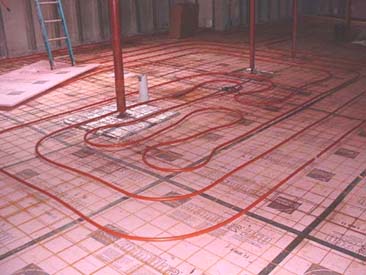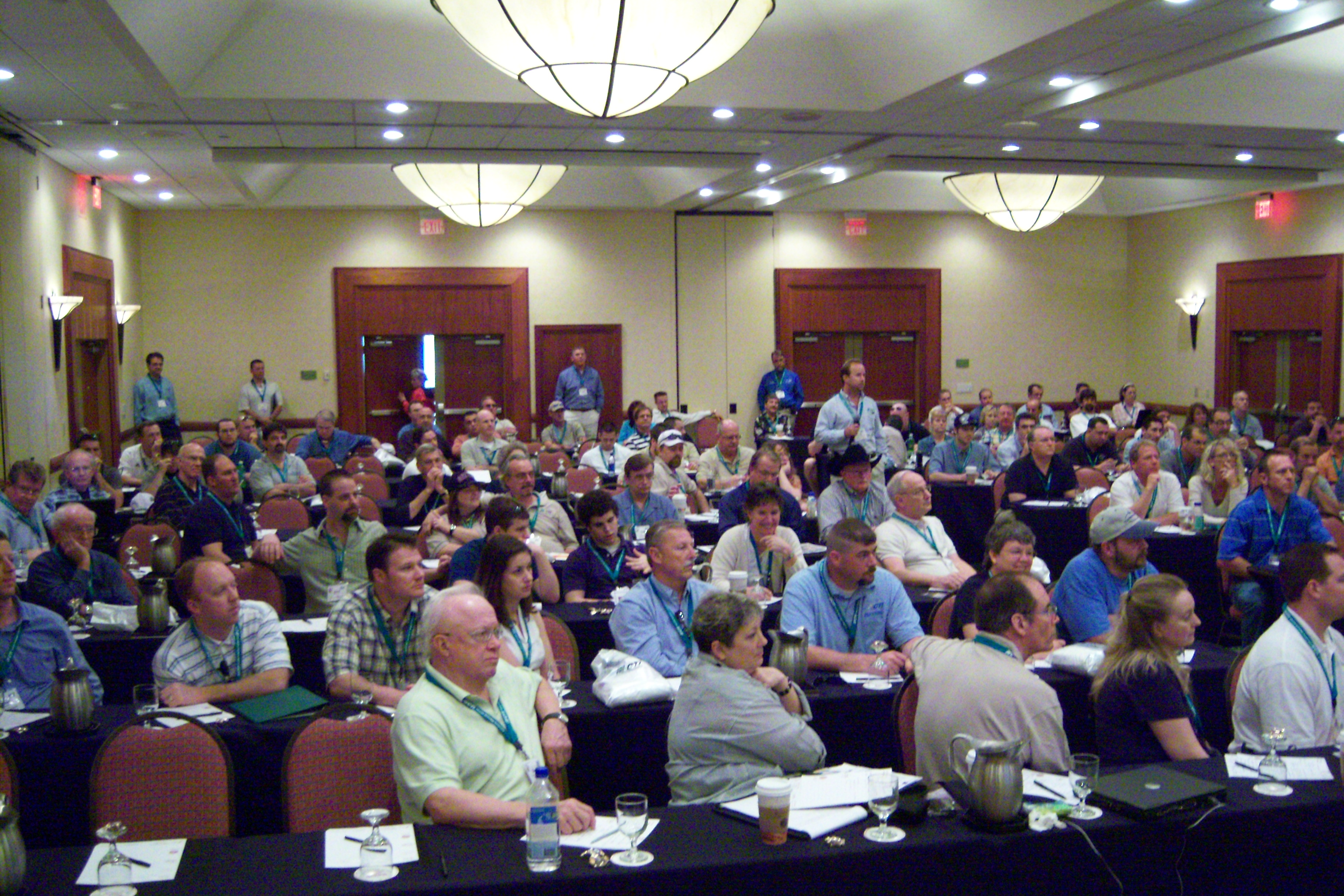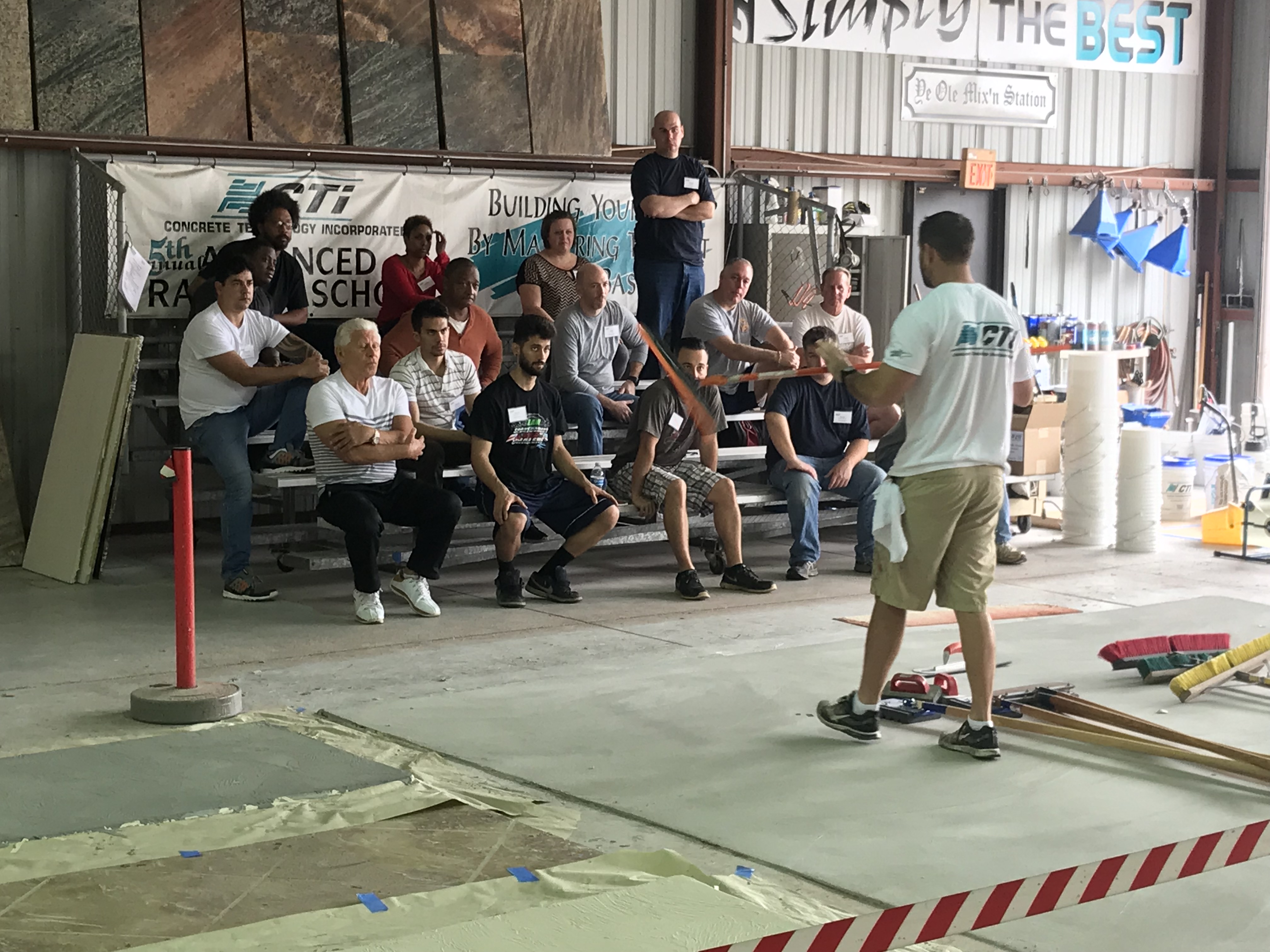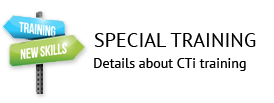Driving revenue and making sales is at the heart of a successful Dealership. The article below was written by Barry Farber and has a lot of great ideas on how to get your business to the next level by making your sales effort more cohesive.
What if you could take your sales to the next level in just 30 days? It’s more feasible than you think – especially when you break the process down into small, achievable steps. Remember that action is our greatest teacher, and the only way to see a difference in your sales is to act! When you act on an idea, it builds your confidence and enthusiasm, and you begin to see a clearer path on the road to reaching your goals.
Consider this article your 30-day action plan for sales success. Here is my challenge for you: Today, act on just one of the 10 ideas mentioned below. Each one should take you a few days to complete. Tackle another one when you’re through, and in 30 days, you can expect to see results.
KEEP A POSITIVE ATTITUDE. Everyone talks about the importance of attitude – and for good reason. Attitude always comes up in conversations with high achievers in all types of professions as the top factor in their success.
Here’s an action step that can keep your attitude in check: Take an honest look at the people around you. What kinds of attitudes do they bring to the table? Do they pump you up or bring you down? Everyone is entitled to a bad attitude now and again, but if some of the people you’re around are constantly angry, bitter and bringing you down, it might be time to move on.
Every 30 days make a list of the people with whom you spend the most time. Put a plus sign next to the person’s name if he or she has been a mentor, role model or uplifted you in any way. Try to add one or two names to this section each month. Others on the list might have neither a positive or negative impact on you. You can put a zero next to their names. Then there might be some people on the list who are negative and seem to always bring you down. Put a minus sign next to their names. You can either try to help these people or just stop spending time with them. This might be tough, but if you can do it, you’ll be amazed at the difference in your attitude and the way you think. We become what we think about, and our environment plays a big part in what we think.
MAP OUT YOUR GOALS. Many people underestimate and underutilize one of the most powerful tools on the planet, and it’s right between their ears. When was the last time you sat down with a blank sheet of paper with your number-one goal written at the top of the page? It’s amazing what you’ll come up with after brainstorming for 15 to 30 minutes each week. Try to list at least 20 ideas that will bring you closer to your sales goal. Choose one of them to act on right away.
GAIN ACCESS. My entire career revolves around this skill, from selling and marketing unique products and helping business owners gain access to new markets to getting through to the toughest accounts and decision-makers. The list of ways to gain access is endless: Ask for referrals from great customers, send helpful information out to key prospects, and attend important trade shows and walk the floor. But the most successful tactic I’ve found is becoming relentless when the ROI is apparent. You can’t just be tenacious without a purpose. Otherwise, you’ll eventually turn off your prospect. But if you can uncover information about the prospect – such as his or her challenges (business or personal) – and then research information and materials that could be useful for that person, it makes a lasting impression.
For clients who can rally benefit from what I have to offer, I find useful magazine or newspaper articles that address what’s important to them. After a while, the prospect sees my efforts helping theirs, and doors start to open. All it takes is a little time, a stamp and a note attached to a relevant story simply saying, “Thought you might enjoy what’s enclosed.” Mail an article to one key prospect today.
ASK QUESTIONS. Most salespeople like to talk – myself included. But most customers prefer salespeople who listen well. So I remind myself to do an exercise I think keeps the listening skills sharp. Every time I meet a new person on the road, in meetings or anywhere else, I make it a rule not to share anything about myself until I’ve discovered what the other person does, their interests and so on. Even when he or she asks about my business, I’m short with the answer and go right back to my questions: “You mentioned you were opening a second store. How did you get to that stage?” The goal is to get them to elaborate on what they’ve said. Then I can decide if it makes sense to share what I do and what area of my business to focus on, or I might realize there’s no opportunity right now and move on. Questions are the keys to selling. Nobody ever listened themselves out of a sale! Next time you meet someone new, try to listen 70 percent of the time and talk only 30 percent. Get them talking about their challenges, goals and interests.
OFFER STELLAR SERVICE. It’s the details – the little things you do – that make the difference. It’s been proved over and over again that the reason most customers don’t make a purchase is they feel you don’t care, lack interest or show indifference.
I remember conducting a seminar more than 10 years ago and inviting some of the company’s top sales achievers onstage to share the one most important idea that contributed to their success. One of them had a very simple answer. He said, “Every time I meet with a prospect or client, I continue to ask them this question: Is there anything I’m not doing that I could be doing to serve you better?” What he was doing was constantly searching for problems. Problems become opportunities, and once they are solved, you have a more loyal customer than if he never had any problems at all. This is because the customer sees your efforts in action and knows you’re ready to serve. Customers feel comfortable the next time they make a decision to do business with you because they know you will be there to solve any problems that come up rather than run away from them.
Make a list of your top customers, and call one each day, asking, “Is there anything I’m not doing that I could be doing to serve you better?” You can’t go wrong when customers tell you what to do and you deliver.
DIFFERENTIATE YOUR BUSINESS. What make you stand out in a positive way? How will your customer remember you after four competitors make their presentations? Follow-through, understanding the customer’s business, and service after the sale are important to customers, so before the sale is made, we need to come up with ways to demonstrate our track record of providing these. I used to interview my satisfied customers on tape and use their success stories and comments to handle my prospects’ concerns. At the time, no one else did that, and it helped me stand out in a positive way that also increased my closing ration.
I remember talking to a sales rep for Oracle who would tell each customer he was going to tape and transcribe their entire needs assessment meeting so they both had all the notes, key criteria and action items for review. They were complex sales, and he made his customers feel at ease that they were on the right track. Think about it: What can you do to differentiate your presentation?
List three things that differentiate you and your message in a positive way from the competition, and keep them at your fingertips to present them at any time.
SELL VALUE. I remember a sign a printing company had on the wall that said:
- PRICE
- SERVICE
- QUALITY
(PLEASE PICK TWO)
Great quality and outstanding service come at a price. How many times have you got a great deal on a product or service, only to find out later that the product wore out or fell apart, or that the service was nowhere to be found when you called with a question or problem? When customers challenge the price of your product, your company and even you, what they’re really saying is, “What am I getting from you that I’, not getting from your competitor for that additional investment?” If someone asked you that today, would you have at least three reasons why you’re unique and why they should buy from you? Write down at least three reasons, and memorize them.
FOLLOW THROUGH. Every customer wants to feel like he or she made a good decision after making a purchase. When you follow up with a call, a thank-you note, materials you promised, or just to ask how the first day went with the new system in place, it ensures that the customer will feel taken care of and not like he or she has been sold.
Review the criteria the customer had prior to making their decision, and when you make your follow-call after the sale, ask them, “How has our company delivered on your key needs?” Then ask, “What can we do now to keep you as a lifelong customer?” Also be sure to ask what times are best for keeping in touch. With all this information, create customized outlines of long-term follow-up steps for each customer.
CREATE A SENSE OF URGENCY. Top salespeople seem to always push themselves to move things forward. They’re constantly reviewing their accounts and thinking of ways to increase business and get things done. They end every call with a question or statement that will either close the deal or move the sale along. For instance: “Why don’t we get together next week and review the product samples as our next step?” Or ask the customer, “What’s our next step?” Sometimes we can get overwhelmed with so much activity that we need to ask ourselves every hour: “What can I do right now to make the most productive use of my time?” It’s a good idea to put this question in your daily planner.
TURN OBSTACLES INTO OPPORTUNITIES. Great sales people know rejection comes with the territory. And when you get knocked down, thrown around and beaten up, it has a negative impact on your attitude. What’s important is the mental position you take toward a setback or obstacle. As Henry Ford once said, “Failure is the opportunity to begin again, more intelligently.” When we run into obstacles, we have to continue to believe in our goals and keep the faith strong. Never, ever give up. A “yes I will” attitude has been responsible for more achievements in this world than anything else because of the belief, faith and commitment attached to it.
I’ve worked on many projects over the years that would have been easy to give up on when the road got bumpy, but have come through in the end. I received 27 rejections while selling a now-world-famous comedian to radio and TV. But deep down, I knew there was value in what I was doing.
I dare you to look at every obstacle, rejection and setback as a time to earn. Next time you face any adversity or challenge that gets in the way of your goals, remember that facing them head-on with action is the key to success. Increase your sales activity; call mentors and others you respect to gather their insights for your next move; make a list of things you can do to get yourself back on track. Whatever you do don’t give up and let obstacles get the best of you. Attacking them with intelligent action will tear them down.













 Below are some photos from the Rally
Below are some photos from the Rally




